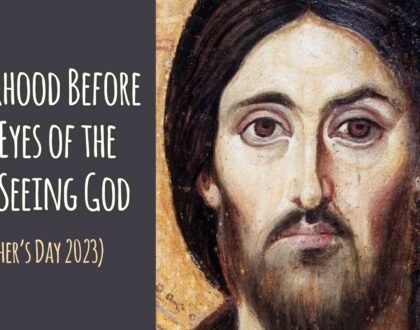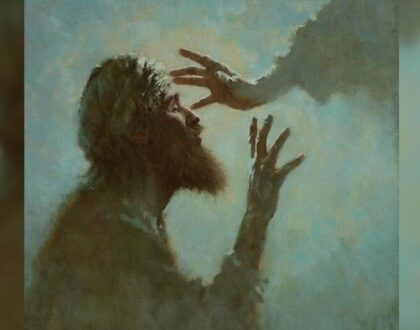Reflection Questions: The Quest for the Divine Presence 4: Within the Tent

by Pastor Gene
- The goal this week is to think about the lives we live before the Lord in the shadow of the Tabernacle. Think about the Holy Place, which only priests could access. Imagine you’ve been to the Brazen Altar (the cross) and to the Laver (confession) and now you are entering the Tent. To your left is the Lampstand. To your right (and facing the Lampstand) is the Table of the Bread of the Presence. Immediately before you is the Altar of Incense directly in front of the Inner Veil that separates you from the Holy of Holies. To approach the Presence of God, you have to walk between the Lampstand and the Table of Bread and encounter the Altar of Incense. Each of these things are extremely significant and symbolic. They had a meaning for ancient Israel and they have meaning for us too, upon “whom the end of the ages has come” (1 Corinthians 10:11). So, let’s think about living our spiritual lives in the Holy Place.

- Think about the Table of the Bread of the Presence. Why 12 loaves? What did the loaves represent, besides the obvious 12 tribes? Why were the priests allowed to consume the bread on the Sabbath before new loaves were set in place? What’s significant about that? Why was incense to be placed on the Table with the Bread? How did this Table look forward to the Lord’s Table? How does it speak of God’s continual provision? How about the believer’s need for daily spiritual nourishment? Consider the following verses in relation to the Table: Job 23:12, Psalm 119:11, Proverbs 30:1-6, Matthew 4:4, 2 Timothy 3:16, and 2 Peter 3:18.
- Think about the Lampstand. Why do you think there were seven lamps? What was significant about the ‘oil’ having to be pure and beaten (Exodus 27:20)? How is the light it emits different from the light in the Outer Court? How does the oil that fed the lamp relate to believers in the Church Age? Consider these verses in light of the Lampstand: Psalm 89:15, 56:13; John 8:12, 12:35-36a, 12:46; Ephesians 5:6-14.
- Think about the Altar of Incense. Why is it called an Altar? I’ve referred to the Brazen Altar as the ‘unbeliever’s Altar’ and this one as the ‘believer’s Altar’ – why? Why was the incense burned on this altar so unique (Exodus 30:7-9, 34-38)? Why was any other incense forbidden? What does incense represent (Revelation 8:3-4)? Why was this Altar placed immediately in front of the Veil that separated it from the Ark of the Covenant? Why was the incense lit from the same fire as the Brazen Altar? What is ‘strange fire’ (Leviticus 10:1-3) and how might we offer it today? Consider the following verses in relation to the Altar of Incense: Matthew 6:5-8, Philippians 4:6-7, 1 John 5:14, Luke 5:15-16, Romans 8:26-27.
Recommended Posts

Reflection Questions: Fatherhood Before the Eyes of the All-Seeing God (Father’s Day 2024)
June 16, 2024


